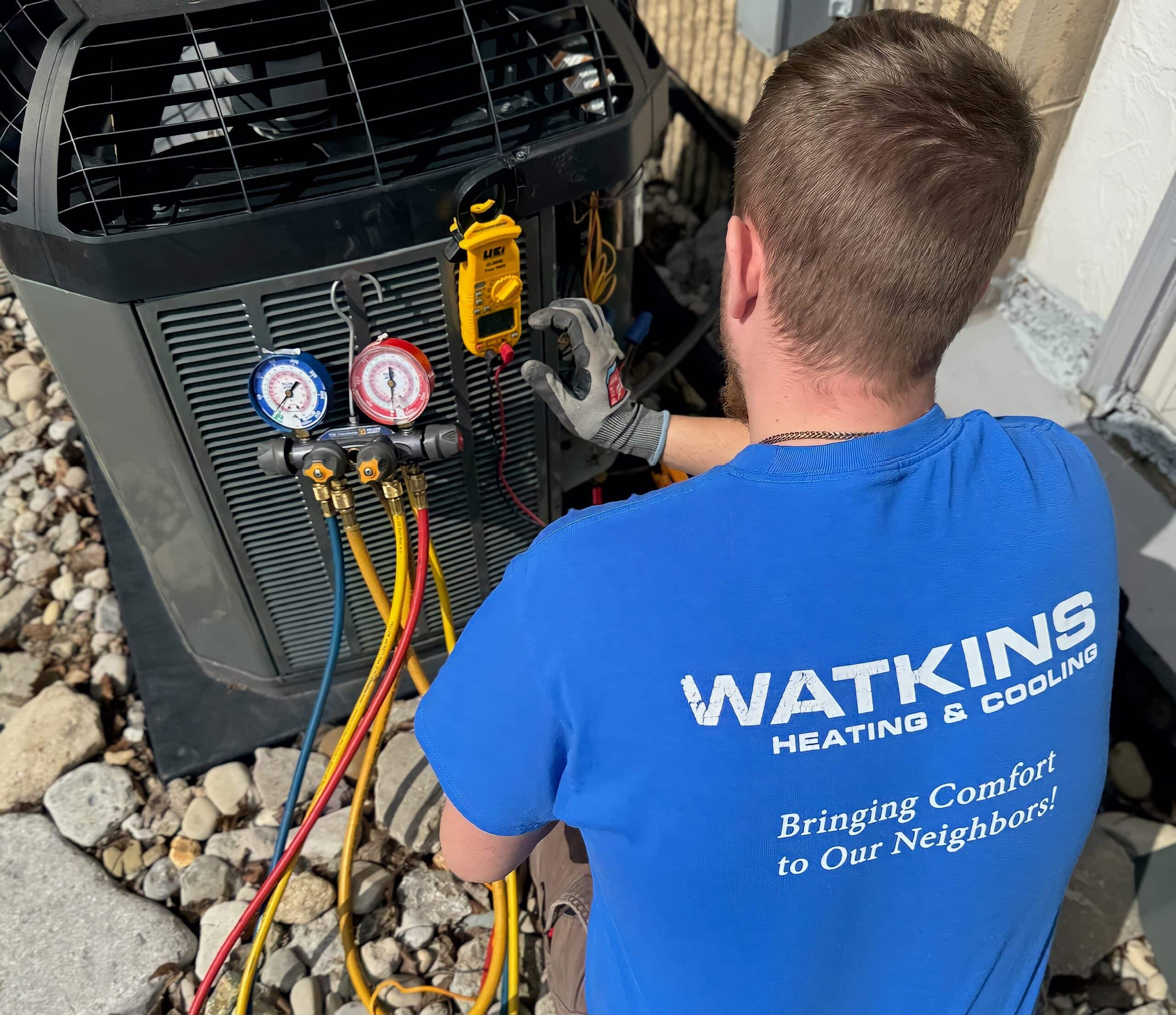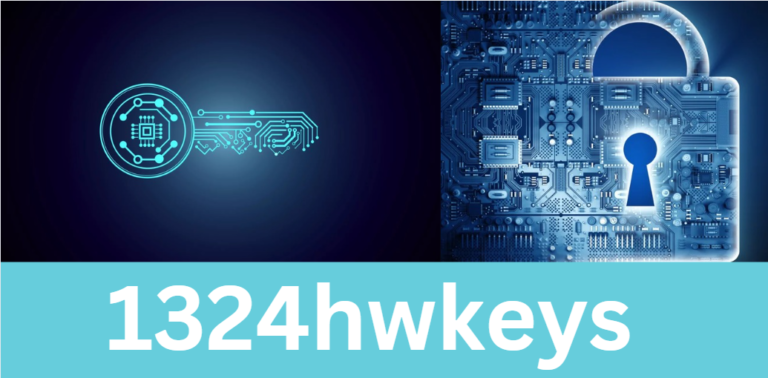
The control module for Carrier FK4CNB006 is one of the integral parts of this advanced fan coil unit, regulating the ECM (Electronically Commutated Motor) to ensure precise airflow and energy efficiency.
In such sophisticated HVAC systems, the role of, common problems in, and maintenance of this control module should be known by both the homeowner and the HVAC technician.
This comprehensive guide provides detailed insights into the functionality of the control module, step-by-step troubleshooting, replacement instructions, and practical maintenance tips.
By the end, you’ll have a clear understanding of how the control module contributes to the overall performance of the Carrier FK4CNB006 and how to handle issues when they arise.
What Is the Control Module for Carrier FK4CNB006?

The control module for Carrier FK4CNB006 is like the brain of this system, which controls the blower motor’s speed and provides smooth communication between the thermostat and sensors in relation to the motor itself.
Unlike older, single-speed systems, this module allows the unit to operate with variable speed functionality, thus the ability of the motor to change its performance according to the demands of the HVAC.
This advanced design also results in better energy efficiency, minimum noise generation, and consistent indoor comfort. The control module does not let the motor run at full capacity all the time; instead, it saves energy and increases the life of the HVAC system.
How the Control Module Enhances Carrier FK4CNB006 Performance

Since this is the control module for Carrier FK4CNB006, it plays a significant role in ensuring the HVAC system delivers optimal performances. It dynamically adjusts the speed of the blower motor so that the system uses energy, which is perfect for the specific heating or cooling needs of any space.
This advanced feature gives several key benefits.
Energy Efficiency:
The control module prevents the motor from running for no reason at full speed as its main mechanism of reducing power consumption. Thus, FK4CNB006 is as environmental friendly and cuts down on energy bills.
Constant Indoor Comfort:
The module avoids hot spots or cold spots through delivering constant and precise airflow; this ensures every corner in your home or building stays at a fairly constant temperature.
Noise reduction:
Variable-speed motor runs softer than a single-speed motor, and the control module eliminates shock starts and stops that add additional noise into an HVAC system.
Extended System Life Cycle:
The reduction in strains on motors and other components ensures extended service life for an HVAC system, which means fewer breakdowns and less maintenance cost over time.
Common Problems with the Control Module for Carrier FK4CNB006

While the control module is designed to be reliable, troubles may occur over time due to wear and tear, electrical problems, or environmental factors. Here are some of the most common problems and their symptoms:
Blower Motor Fails to Start
When the blower motor doesn’t activate, it’s often due to the control module failing to send the correct signals. This issue might be caused by a defective module or a disruption in power supply.
Inconsistent Motor Speeds
Erratic motor performance, such as speeds fluctuating unexpectedly, can indicate a malfunctioning control module. This problem often leads to uneven airflow and uncomfortable temperature variations.
Overheating
The control module may overheat if there’s inadequate ventilation or if dust and debris accumulate inside the unit. Prolonged overheating can damage the module and cause system shutdowns.
Error Codes on the Thermostat
Modern HVAC systems, including the Carrier FK4CNB006, often display error codes on the thermostat when a problem occurs. Many of these codes are linked to airflow or motor issues caused by the control module.
Unusual Noises
Humming, clicking, or grinding sounds from the blower motor can sometimes be traced back to irregular signals from the control module.
Step-by-Step Troubleshooting for the Carrier FK4CNB006 Control Module

Troubleshooting the control module requires a systematic approach to identify and resolve the root cause of the issue. Follow these steps to diagnose and address problems effectively:
Step 1: Verify Power Supply
Verify that power is being delivered to the HVAC unit consistently. Check circuit breaker and fuses, as well as wiring, for evidence of being damaged or interrupted. A malfunctioning power source can keep the control module from functioning effectively.
Step 2: Examine the Control Module
Open the unit and inspect visually the control module itself for signs of physical damage, such as burnt components, loose connections, or evidence of overheating. Components causing such damage may require replacement.
Step 3: Test the ECM Motor
Using a multimeter, check the electrical continuity of the ECM blower motor. If the motor functions correctly but the system doesn’t respond, the issue likely lies with the control module.
Step 4: Decode Thermostat Error Codes
Refer to the Carrier FK4CNB006 manual to interpret error messages displayed on the thermostat. These codes often provide valuable insights into whether the control module is at fault.
Step 5: System Reset
Shut off the power to the unit for a few minutes, then turn the power back on. This simple reset may often take care of minor software glitches in the control module.
Replacing the Control Module for Carrier FK4CNB006
If troubleshooting confirms that the control module is defective, a replacement may be necessary. Replacing the module is a straightforward process if done with care and the right tools.
Here’s a detailed guide:
Purchase the Correct Replacement
Ensure that the new control module is compatible with the FK4CNB006 unit. Purchase genuine parts from an authorized Carrier distributor or a reputable HVAC supplier.
Turn Off Power to the Unit
Before starting the replacement, first remove the power supply to avoid electrical hazards.
Remove Old Module
Disconnect the wiring harness and then pull out the screws which hold the module to its mounting bracket. Pull out the module carefully from the unit.
Installing the New Module
Install your replacement module into the slated position, screw it down, and join the wiring harness. Make sure all connections are tight and secure.
System Testing
Restore power to the unit and operate the unit with refrigeration on. Verify that the blower motor runs freely and that the thermostat responds appropriately.
Maintenance Tips for Prolonging the Life of the Control Module

Regular maintenance will help extend the lifespan of the control module for Carrier FK4CNB006 and serve to maximize your overall HVAC efficiency. Here are a few best practices to follow:
Keep the Unit Clean:
Dust and debris can pile up inside the unit and cause the control module to overheat. Regular cleaning will prevent this.
Schedule Professional Inspections:
Annual maintenance by a qualified HVAC technician can identify potential issues early and keep the control module in optimal condition.
Address Issues Promptly:
Don’t ignore error codes or unusual system behavior. Early intervention can prevent minor problems from escalating.
Use Genuine Parts:
Always use Carrier-approved components for repairs or replacements to ensure compatibility and reliability.
FAQs About the Carrier FK4CNB006 Control Module
What does the control module do in the Carrier FK4CNB006?
The control module regulates the ECM blower motor, dynamically adjusting its speed to optimize energy efficiency, maintain consistent airflow, and prolong system life.
How can I tell if my control module is faulty?
Signs of a faulty module include the blower motor failing to start, inconsistent airflow, overheating, thermostat error codes, and unusual noises during operation.
Can I replace the control module myself?
While it’s possible for experienced individuals to replace the module, hiring a professional HVAC technician ensures proper installation and prevents potential damage.
How much does a replacement control module cost?
Replacement modules typically range from $150 to $400, depending on the supplier and model. Installation costs may vary if performed by a technician.
Why is the control module important for energy efficiency?
By dynamically adjusting the motor’s speed, the control module minimizes energy waste, reduces operational costs, and enhances the eco-friendliness of the HVAC system.
Conclusion About Control Module for Carrier FK4CNB006
The control module for Carrier FK4CNB006 is one of the core elements of efficient and reliable operation. Through the management of the ECM blower motor, energy savings are realized, comfort levels are consistent, and noise levels are kept low. Understanding its functionality, recognizing trouble signs, and maintaining the module ensure optimal function from the HVAC system.
Whether you are troubleshooting an issue or planning for a replacement, timely action can save you considerable expenditure and avoid system downtime. With regular maintenance and the use of authentic Carrier components, your FK4CNB006 will prove to serve you at its best for many years ahead.
Affiliated Posts Like Control Module for Carrier FK4CNB006
Rican Riding Bulls Smash Beautiful Cows Vol 2: A Cultural and Sporting Extravaganza
Search Box Optimization byRankStar: Elevate User Experience and Drive Conversions
Adam dan Tertib Ketika Mendulang Emas: A Comprehensive Guide to Responsible Gold Mining






